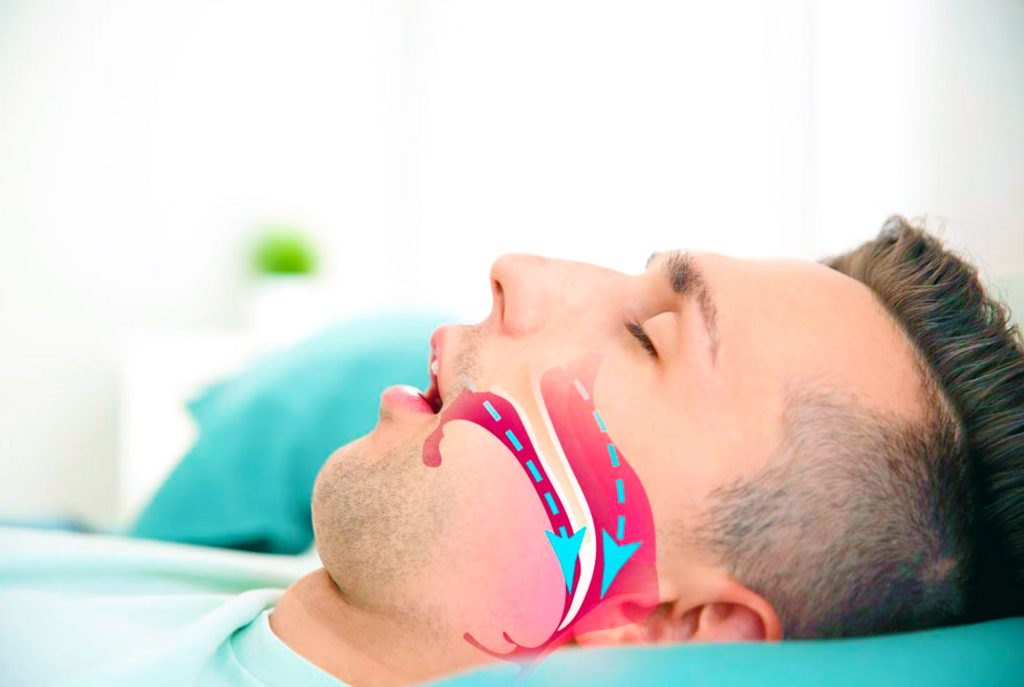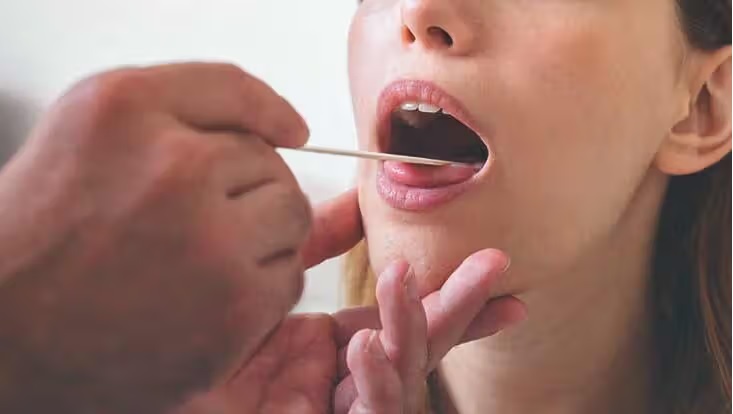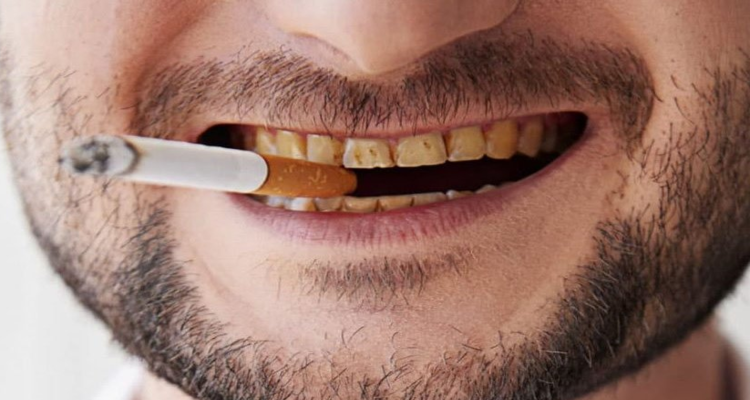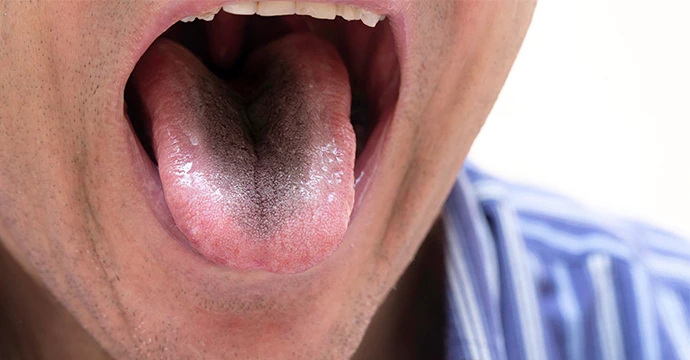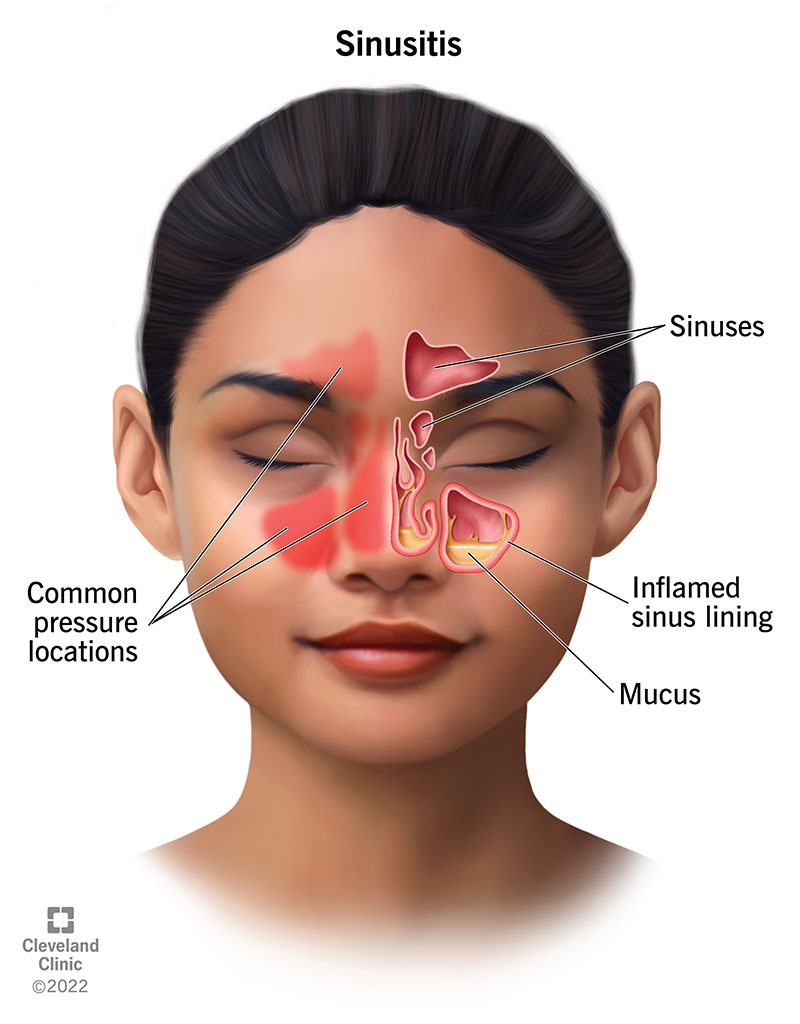Myofunctional Therapy for Children: Benefits, Techniques, and Early Intervention

Introduction: Why Myofunctional Therapy Is Crucial for Children
Myofunctional therapy for children is an effective treatment that addresses muscle dysfunctions in the face, mouth, and tongue. These disorders can affect essential activities such as breathing, chewing, swallowing, and even speech development. Many parents notice issues like mouth breathing, tongue thrusting, or speech delays in their children but may not realize that these are signs of underlying Orofacial Myofunctional Disorders (OMDs).
Early intervention through myofunctional therapy can prevent long-term health issues and promote proper oral and facial development. This blog will dive into how myofunctional therapy works for children, what conditions it treats, and how it can improve your child’s quality of life.
What Is Myofunctional Therapy?
Myofunctional therapy is a non-invasive program of exercises designed to correct improper oral and facial muscle functions. It involves retraining the muscles of the mouth, face, and tongue to work harmoniously for optimal breathing, swallowing, and speech. For children, this therapy helps guide their growth and development, ensuring that they develop healthy habits early on.
Myofunctional therapy is often prescribed for children who display signs of OMDs, such as:
- Mouth breathing
- Tongue thrusting
- Speech problems (like difficulty pronouncing “S” or “Z” sounds)
- Difficulty chewing or swallowing
- Thumb sucking or pacifier use beyond infancy
By addressing these issues through guided exercises, myofunctional therapy can help children avoid more serious problems like misaligned teeth, sleep apnea, or poor facial development later in life.
How Do Orofacial Myofunctional Disorders (OMDs) Affect Children?
Orofacial Myofunctional Disorders (OMDs) in children often begin with habits that develop in infancy or early childhood, such as thumb-sucking or extended use of bottles or pacifiers. These behaviors can impact the proper function and growth of oral muscles and lead to OMDs.
Some common symptoms of OMDs in children include:
- Mouth Breathing: Habitual mouth breathing can lead to dry mouth, increased risk of cavities, and even changes in facial structure.
- Tongue Thrust: When the tongue pushes against the teeth while swallowing, it can cause problems like open bite or overbite.
- Speech Delays: Children with OMDs may struggle with correct pronunciation of certain sounds due to poor tongue positioning.
- Swallowing Issues: Difficulty chewing and swallowing can affect nutrition and overall health.
If left untreated, OMDs can lead to a host of dental issues, including the need for braces, speech therapy, or even jaw surgery in severe cases.
What Causes OMDs in Children?
There are several factors that can contribute to the development of OMDs in children. Identifying the cause early can make myofunctional therapy more effective. Common causes include:
- Prolonged Thumb Sucking: Extended thumb sucking or pacifier use can push the teeth out of alignment and affect the natural position of the tongue.
- Mouth Breathing: Chronic mouth breathing can lead to altered facial development and improper tongue posture.
- Nasal Obstructions: Enlarged tonsils, adenoids, or allergies can cause nasal congestion, forcing children to breathe through their mouths.
- Tongue-Tie (Ankyloglossia): A condition where the tissue under the tongue is too tight, restricting movement and leading to poor tongue positioning.
These factors can impact not only the development of the facial muscles but also dental health, speech patterns, and even sleep quality. Early intervention with myofunctional therapy can correct these issues before they become more severe.
How Myofunctional Therapy for Children Works
Myofunctional therapy focuses on retraining the oral and facial muscles through specific exercises. These exercises are designed to improve tongue posture, lip closure, nasal breathing, and swallowing function.
What Does Myofunctional Therapy Involve?
- Assessment: The process begins with a thorough assessment by a myofunctional therapist. This includes evaluating the child’s tongue posture, breathing habits, and swallowing patterns. A dentist or orthodontist may also collaborate to check for dental alignment issues.
- Custom Exercise Plan: After the evaluation, the therapist will develop a customized program of exercises based on your child’s specific needs. These exercises are usually performed daily and are easy to incorporate into a child’s routine.
- Breathing Exercises: One of the primary goals of myofunctional therapy is to promote nasal breathing. Children are taught exercises that encourage nose breathing, which is essential for healthy facial and dental development.
- Tongue Posture Training: Correct tongue posture is critical for preventing issues like tongue thrust. The exercises focus on keeping the tongue in the correct position, which helps with both speech and swallowing.
- Swallowing Techniques: Many children with OMDs have improper swallowing techniques, often pushing the tongue against the teeth (tongue thrust). Myofunctional therapy retrains the muscles to promote proper swallowing without affecting the alignment of the teeth.
- Ongoing Monitoring and Adjustments: Regular follow-up sessions with the therapist will track the child’s progress and adjust the exercises as needed to ensure that the therapy is effective.
Benefits of Myofunctional Therapy for Children
Myofunctional therapy offers a variety of benefits for children, especially when started early. These benefits include:
1. Corrects Breathing Patterns
For children who habitually breathe through their mouths, myofunctional therapy helps transition them to nasal breathing, which is healthier for both the mouth and body. This can reduce the risk of sleep apnea, snoring, and other respiratory issues as the child grows.
2. Prevents Misaligned Teeth
By addressing habits like tongue thrust and improving muscle function, myofunctional therapy helps prevent dental issues like open bite or overbite, which may reduce the need for braces or orthodontic interventions later on.
3. Improves Speech
Children with speech delays or issues related to articulation benefit from myofunctional therapy. By retraining tongue movements and positioning, children can learn to pronounce sounds more clearly, improving speech quality and confidence.
4. Enhances Facial Development
Proper muscle function promotes balanced facial growth. For example, mouth breathing can lead to a longer facial structure and narrow dental arches, while nasal breathing encourages normal growth patterns and jaw alignment.
5. Promotes Better Sleep
Children with OMDs often experience poor sleep quality due to mouth breathing or respiratory issues. Correcting their breathing patterns with myofunctional therapy can lead to deeper, more restful sleep, which is crucial for growth and development.
Myofunctional Therapy vs. Orthodontics: How They Work Together
Myofunctional therapy is often used in combination with orthodontic treatments like braces or palate expanders. While orthodontics corrects the alignment of teeth and jaws, myofunctional therapy ensures that the underlying muscular functions support these changes. This combination leads to more lasting and stable results.
For example:
- Braces and Myofunctional Therapy: Braces straighten teeth, but if improper swallowing patterns (such as tongue thrust) aren’t corrected, the teeth may shift back out of alignment once the braces are removed. Myofunctional therapy addresses these habits, preventing relapse.
- Speech Therapy and Myofunctional Therapy: For children with speech delays or articulation issues, myofunctional therapy can be combined with speech therapy to improve both the muscle function and speech patterns for better overall outcomes.
When to Start Myofunctional Therapy for Children
It’s best to begin myofunctional therapy as soon as signs of OMDs are noticed. Many children start therapy as young as 4 or 5 years old, especially if they show signs of mouth breathing, tongue thrusting, or improper swallowing patterns. Early intervention ensures that the child’s muscles develop correctly, preventing future complications.
Frequently Asked Questions About Myofunctional Therapy for Children
Q: How long does myofunctional therapy take for children?
A: Myofunctional therapy programs for children typically last between 6-12 months, depending on the severity of the issue and the child’s progress. The exercises are simple and can be incorporated into the child’s daily routine.
Q: Is myofunctional therapy painful for children?
A: No, myofunctional therapy involves non-invasive exercises that are gentle and easy for children to perform. The goal is to improve muscle coordination and function in a fun, engaging way.
Q: Can myofunctional therapy help with sleep apnea in children?
A: Yes, myofunctional therapy can improve breathing patterns, helping to reduce the symptoms of sleep apnea and other respiratory issues related to mouth breathing.
Conclusion: The Importance of Early Intervention with Myofunctional Therapy
Myofunctional therapy for children offers a critical opportunity for early intervention, addressing muscle dysfunctions that can affect breathing, dental health, and overall development. By starting therapy early, you can help your child develop healthy habits, prevent the need for future orthodontic treatments, and ensure optimal facial growth and speech development.
If your child shows signs of Orofacial Myofunctional Disorders (OMDs), consult a specialist to evaluate whether myofunctional therapy is the right course of action. Early intervention can lead to significant long-term benefits and a healthier, happier child.
Internal Links:
- Understanding OMDs: A Comprehensive Guide
- How Myofunctional Therapy Can Prevent Sleep Apnea
- Tips for Encouraging Nasal Breathing in Children
External Links:
- American Speech-Language-Hearing Association (ASHA): Orofacial Myofunctional Disorders in Children
- Mayo Clinic: Tongue-Tie and Its Effects on Speech and Eating
By recognizing and addressing OMDs early, you can give your child the foundation they need for long-term oral and overall health!


